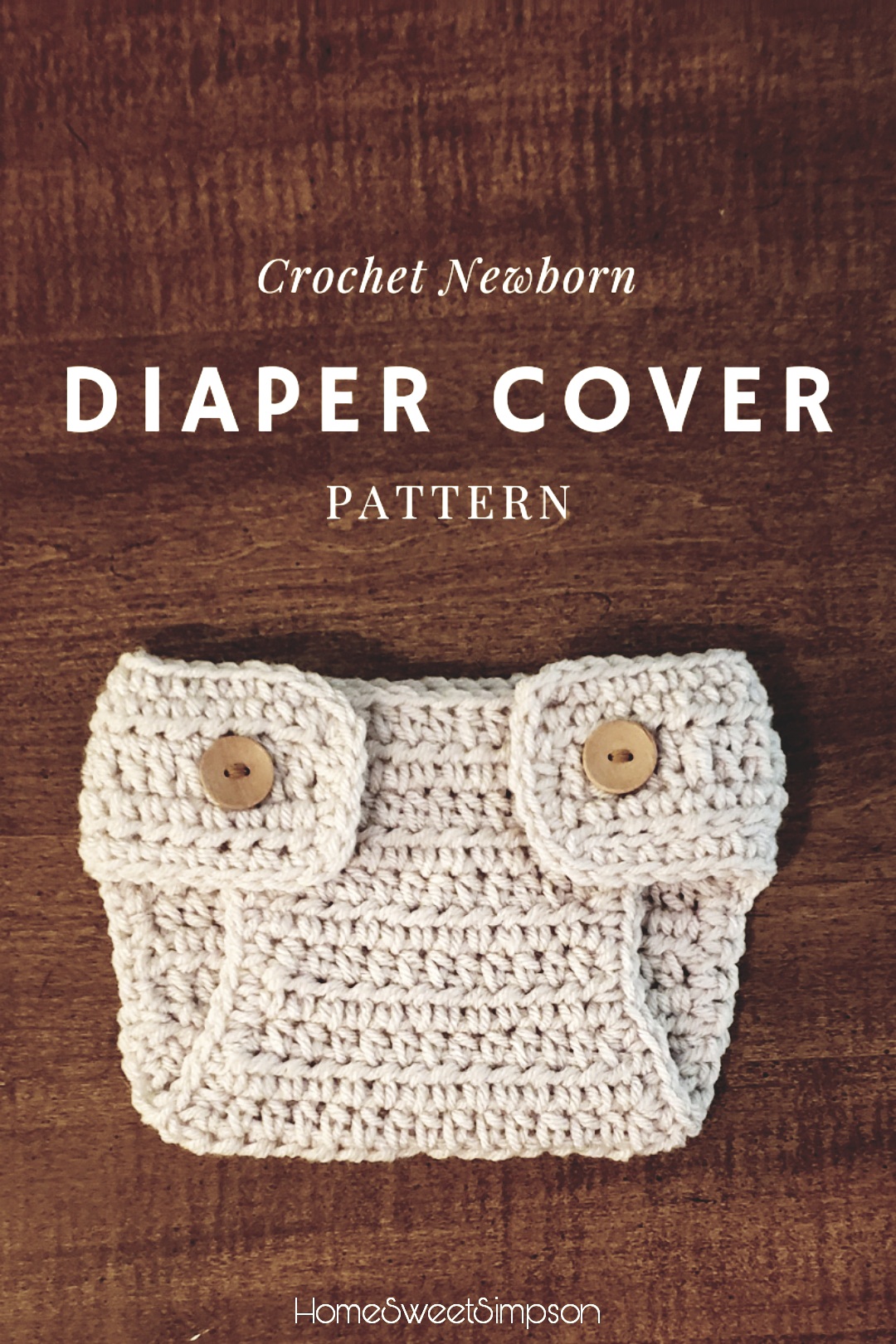
I’m not really a hair person. I like to look put together but most of the time, I cannot be bothered to do anything with my hair besides brush it. Now that it’s getting hot, between sweat and the humidity, any type of heat styling is useless by time I get to my destination.
I quit wearing makeup, mainly because my skin gets angry and lashes out in the form of cystic pimples and blackheads. I can think about foundation and get a pimple. (Yes, I’ve tried numerous BB creams and acne treatment ones as well. Yes, my skin care routine is consistent but I digress.) Not only has my lack of makeup made me feel more free, and helped my acne, it’s also saved me a lot of time. Still, not time I wish to spend on my hair. I needed something quick and stylish for my hair. That’s where the idea for this hair scarf came in. It’s perfect for adding a little flare to my untamed locks. I’ve made multiple colors to tie in the colors of whatever outfit I’m wearing. It’s almost as if I’m putting a lot of effort into my hair style. Don’t tell anyone otherwise.
This crochet project is so easy and quick to make. You can make multiple ones in a single day and quickly have all the colors you need. I wear mine tied in the front like a knotted headband. Perfect for when I have my hair in a messy bun! I also like the same style when my hair is down. Tying them around a bun with the ends hanging down in the back is really cute too! These hair scarves are stretchy so I make them so they’re pulled tight when tied to stay in place.
Materials Needed:
- Worsted Weight #4 Yarn
- 5 mm Crochet Hook
- Scissors
- Yarn Needle
Abbreviations/ Stitches Used:
- Stitch (st)
- Chain (ch)
- Half Double Crochet (hdc)
- Double Crochet (dc)
- Double Crochet Decrease (dc dec)
*Notes- Ch. 1 is a turning chain that does not count as a stitch. In every row, begin your work in first stitch unless stated otherwise. Most people use ch. 2 for double crochet but I choose to use just 1 because I prefer the look in this project.
I do not single crochet around this project for clean edges, I like the look of textured edges in this hair scarf. You could single crochet around your hair scarf if you choose but keep in mind that it will make your project a bit wider.
Let’s Get Started!
Ch 2
Row 1: Make 1 hdc, 1 dc, and another hdc in second ch from hook.
Row 2: 1 dc in first two st. 2 dc in last st.
Row 3: 1 dc in first 3 st. 2 dc in last st.
Row 4: Make 1 dc in each st along row. (5 st)
Row 5-41: Repeat row #4
Row 42: 1 dc in first 2 st. 1 dc dec in second st. 1 dc in last st.
Row 43: 1 dc in first st. 1 dc dec in second st. 1 dc in last st.
Row 44: 1 dc in first st. 1 dc dec in second.
Fasten off, weave in any ends.
I hope you enjoyed this sweet and simple pattern. I’d love to see your finished projects. Please tag @homesweetsimpson in your Instagram photos and follow for more patterns and updates. Until next time, stay safe and happy crocheting!






